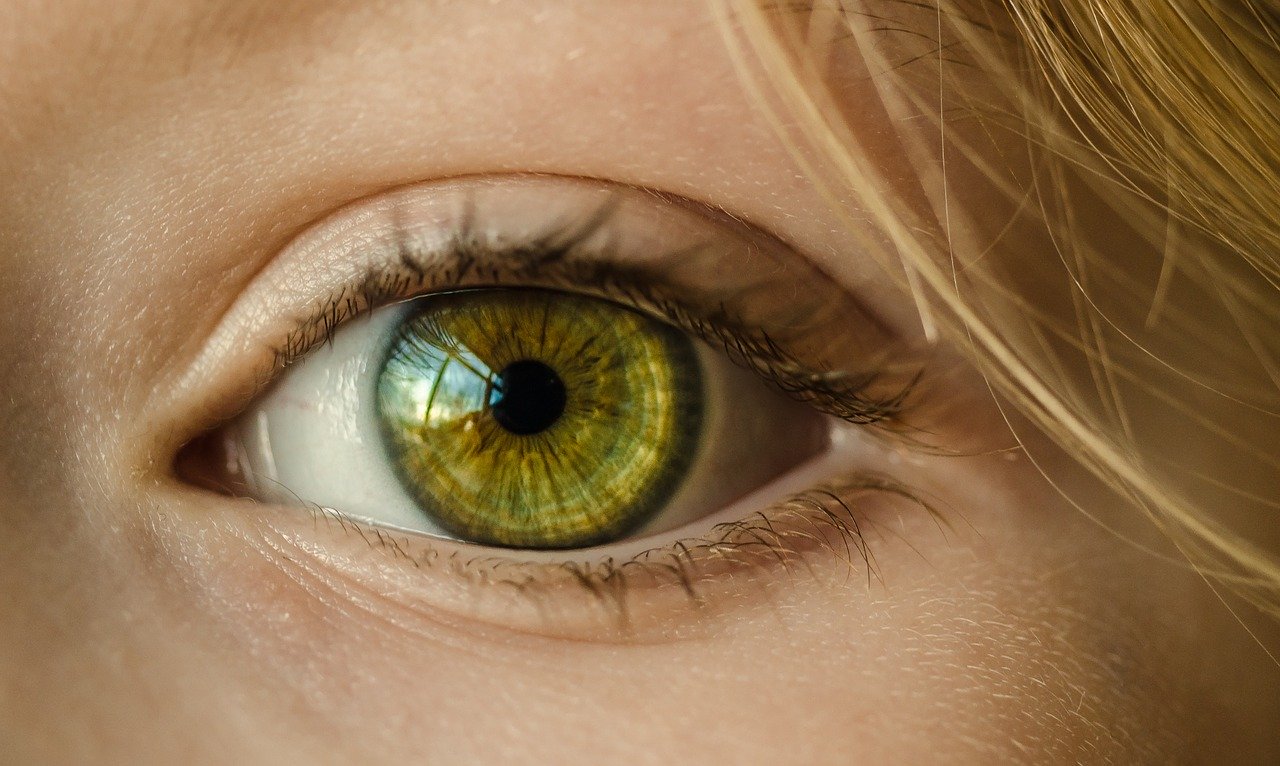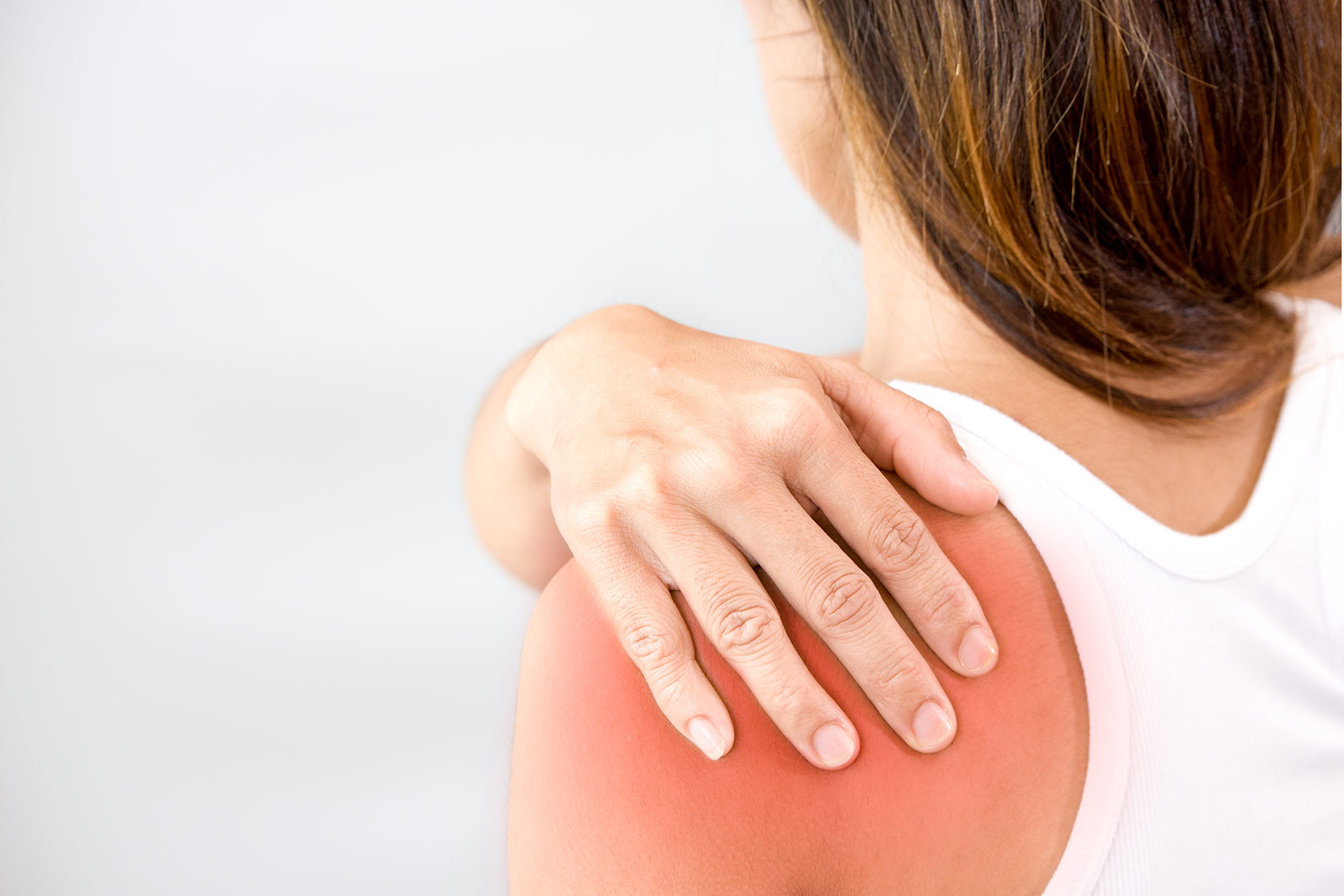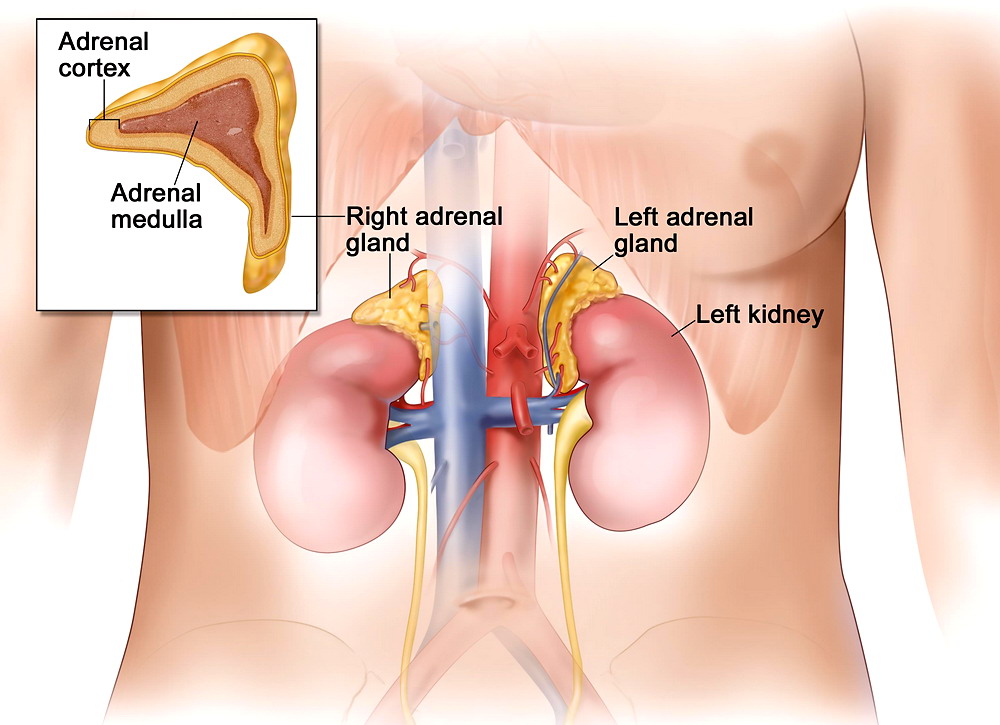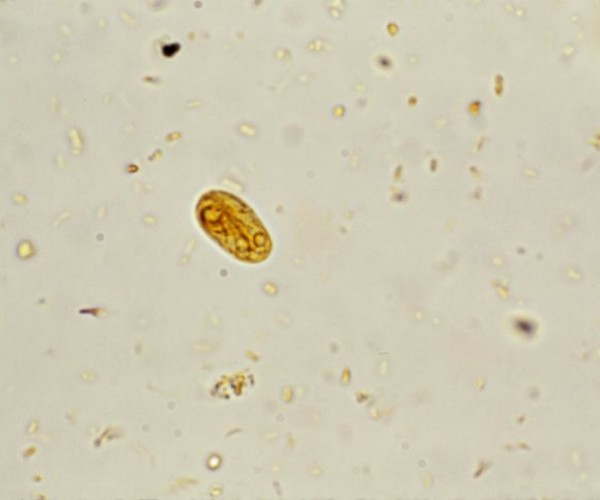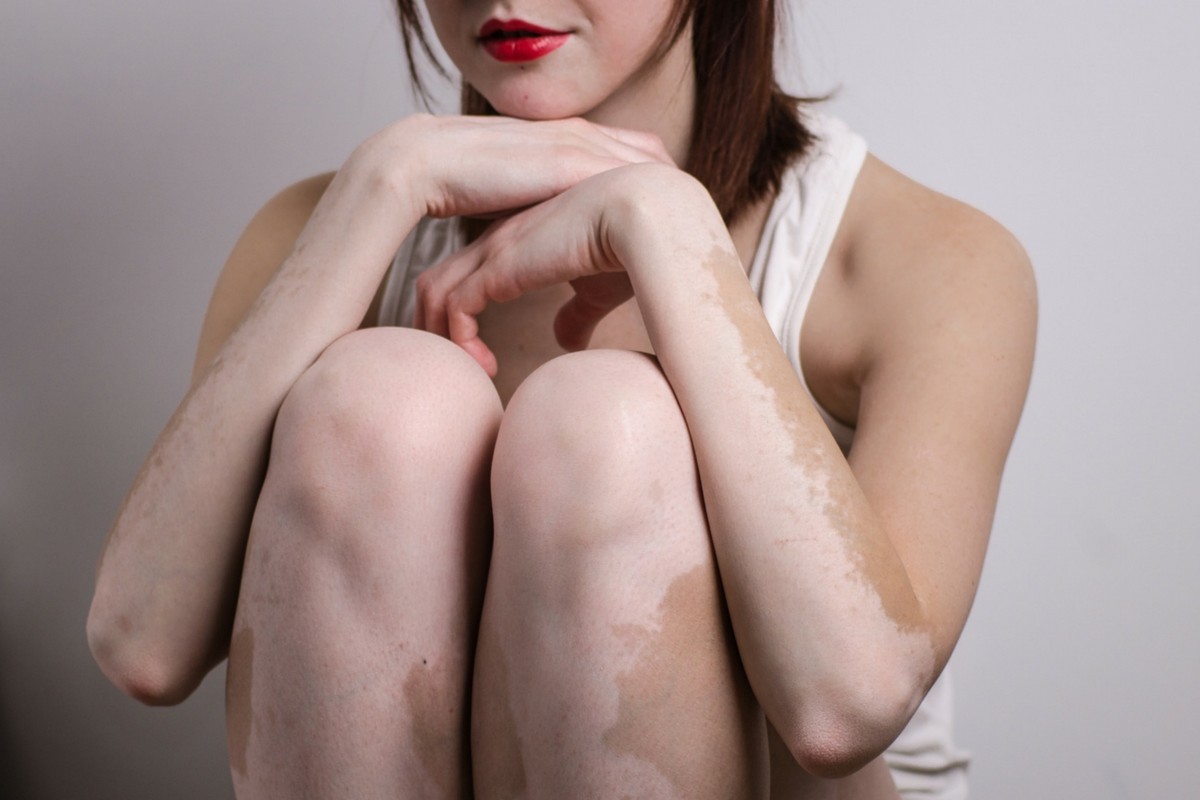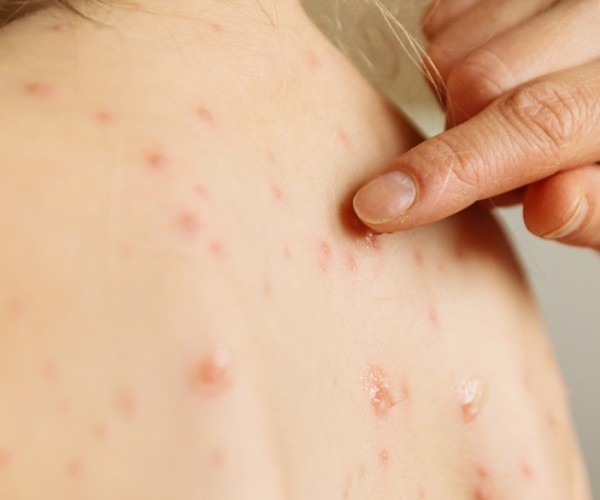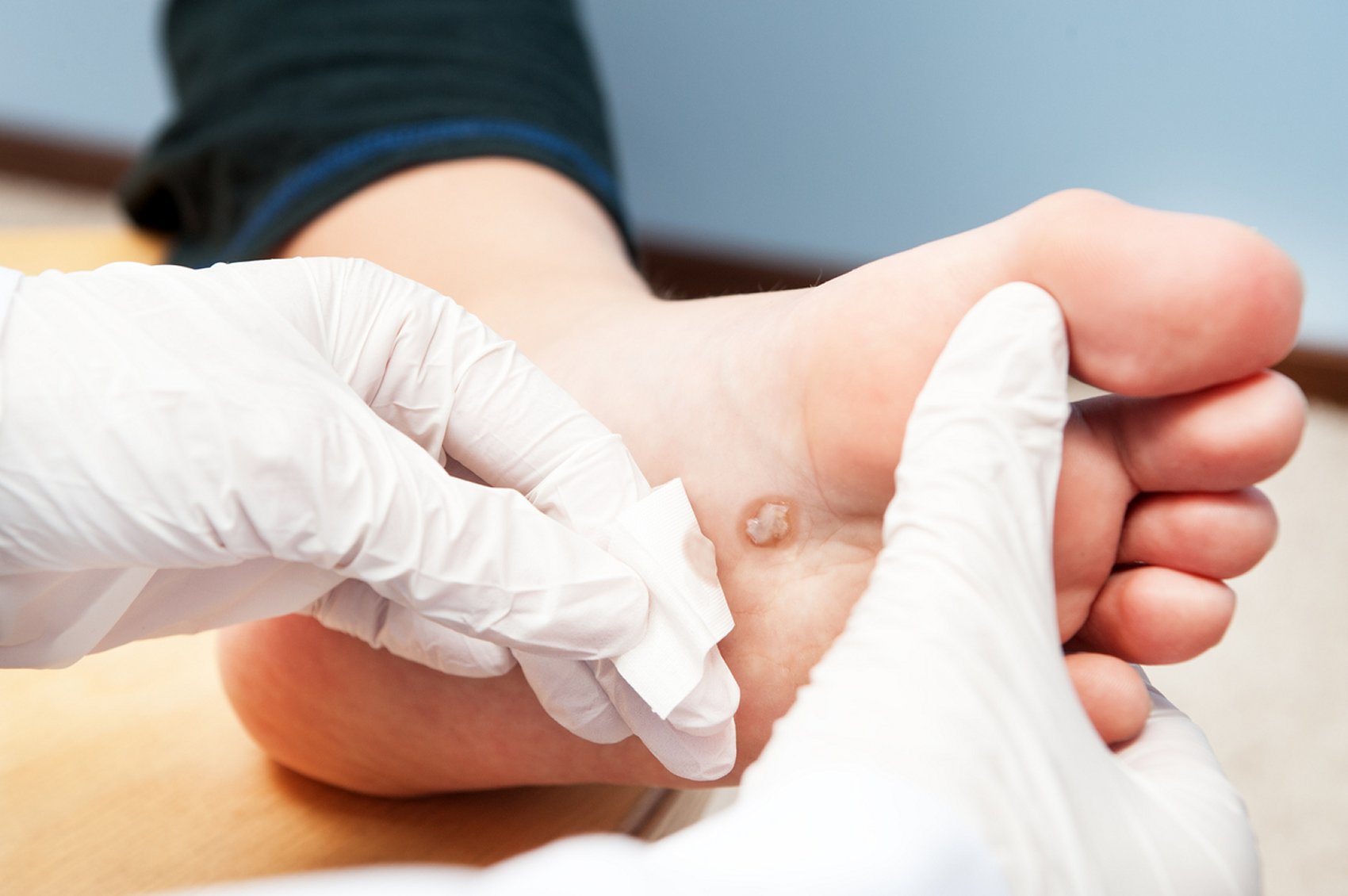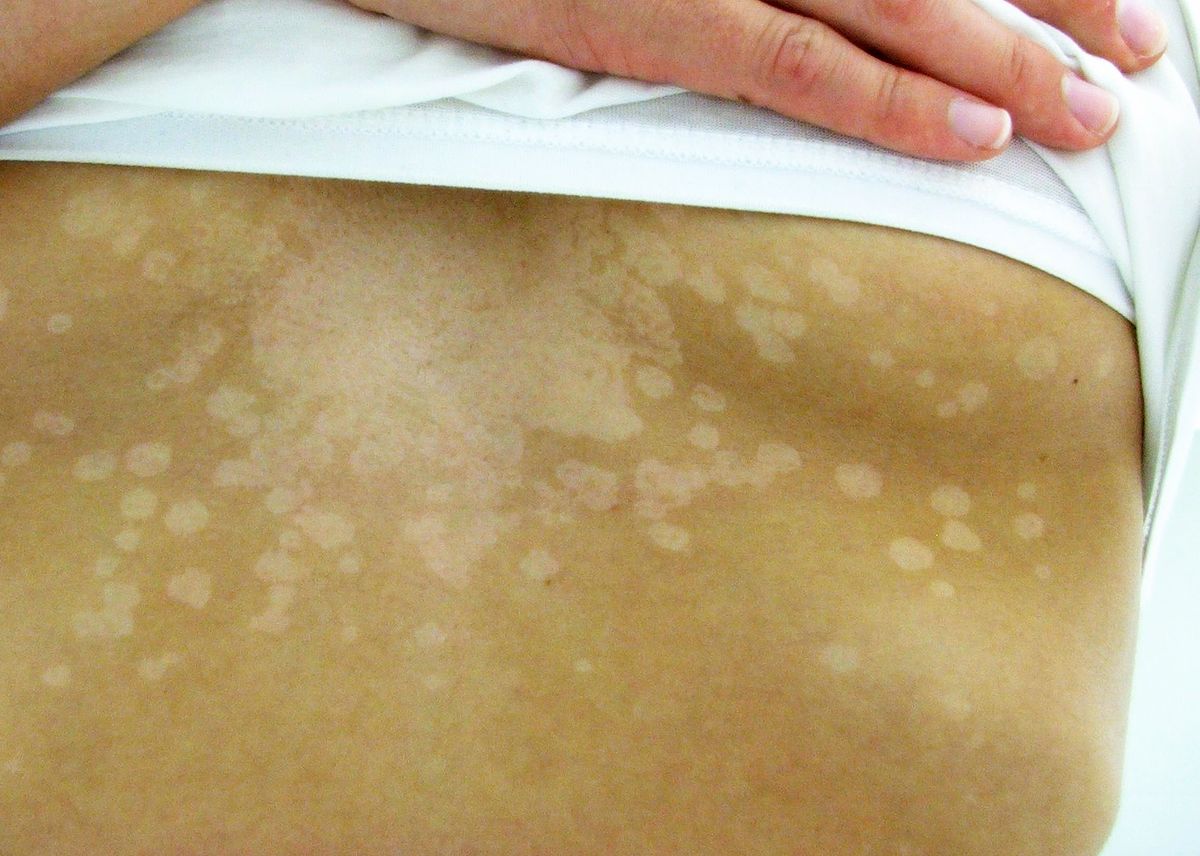Sea or mountains, who doesn’t like the sun in summer? Beware, however, of the negative effects it can have on our skin, especially if it is fair and full of freckles and moles. In fact, the most feared risk is melanoma, which is the third most frequent cancer in Italy under the age of 50.
Its onset is linked to genetic and environmental factors, starting with exposure to ultraviolet rays, of which burns are the effect. Burns are even more deleterious when they involve toddlers and, especially, children of parents with or survivors of melanoma. In fact, these children have a higher risk of developing cancer than the general population.
Prevention
The best prevention is early diagnosis. How? Every adult should observe their entire body surface every 2 to 3 months, and see a dermatologist when a mole changes color, shape, or size, or when a new mole appears. In addition, people with familiarity or many moles should have a checkup once a year. At that time, the dermatologist will evaluate the characteristics of all skin lesions, either with the naked eye or with the help of a noninvasive technique, dermoscopy. This is because melanoma is sometimes not recognizable to the naked eye and can be mistaken for a typical mole.
Everyone should know the “A-B-C-D-Erule,” which is useful for early diagnosis. A mole is suspected when:
A – It is asymmetrical
B – Presents irregular edges
C – Has a varied color: from light brown to dark brown to black
D – Has a diameter greater than 5 mm
E – It presents an evolution: changes in color, shape and/or size of the mole, elevation and the appearance of symptoms such as itching and/or bleeding are all suggestive of malignancy.
We always and frequently apply protective creams, do not stay too long in the sun, remembering that a parasol is not enough to protect us while a T-shirt and hat are useful. We can then enjoy the many benefits of the sun’s rays without risk. And when summer is over, let’s get checked by the dermatologist!






